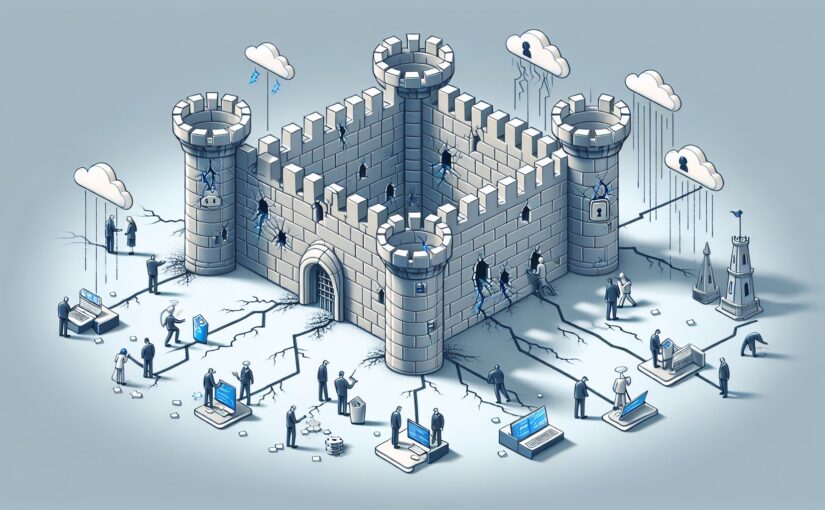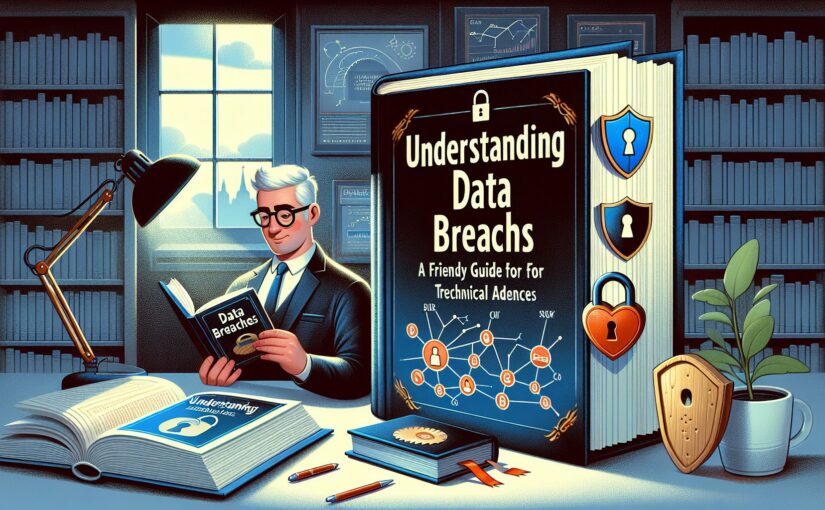Data breaches have become an all too common occurrence in today’s digital age. With the increasing amount of sensitive information being stored and shared online, it’s no wonder that hackers are constantly trying to find ways to exploit vulnerabilities in systems and gain unauthorized access to this data.
But what exactly is a data breach, and why do they happen? In simple terms, a data breach is when an unauthorized party gains access to confidential or sensitive information. This could include personal information such as names, addresses, and credit card details, as well as corporate data like intellectual property and financial records.
There are several reasons why data breaches occur. One of the most common causes is weak security measures. If a system or network is not properly protected, it can be easy for hackers to find loopholes and exploit them to gain access to sensitive information. This could be due to outdated software, lax password policies, or inadequate encryption methods.
Another common reason for data breaches is human error. Employees who are not properly trained in cybersecurity practices may inadvertently expose sensitive data through actions such as clicking on phishing emails, using weak passwords, or leaving devices unattended in public places.
In some cases, data breaches may also be the result of malicious attacks by hackers who are specifically targeting a particular organization or individual. These attackers may use various methods such as malware, ransomware, or social engineering techniques to trick individuals into revealing their personal information.
Regardless of the cause, the impact of a data breach can be significant. Not only can it result in financial losses for businesses, but it can also damage a company’s reputation and erode customer trust. In some cases, data breaches may even lead to legal consequences if sensitive information is exposed in violation of privacy laws.
So what can companies and individuals do to prevent data breaches? The first step is to ensure that proper security measures are in place. This includes using strong encryption methods, implementing multi-factor authentication, regularly updating software and systems, and conducting regular security audits.
It’s also important to educate employees about cybersecurity best practices and the potential risks of data breaches. By training staff on how to recognize phishing emails, create strong passwords, and secure their devices, companies can significantly reduce the likelihood of a breach occurring.
In addition, organizations should have a response plan in place in case a data breach does occur. This includes notifying affected individuals, conducting a thorough investigation to determine the cause of the breach, and taking steps to prevent similar incidents from happening in the future.
In conclusion, data breaches are a serious threat to both businesses and individuals in today’s digital world. By understanding why they happen and taking proactive steps to prevent them, companies can better protect themselves from falling victim to cyber attacks. Remember, when it comes to cybersecurity, it’s always better to be safe than sorry.









